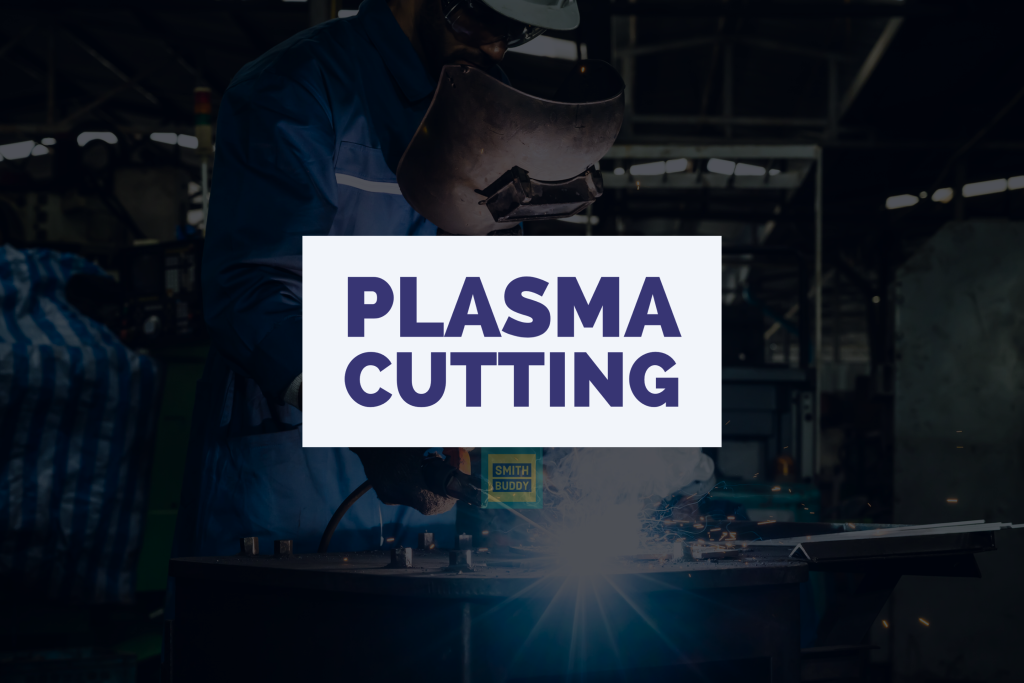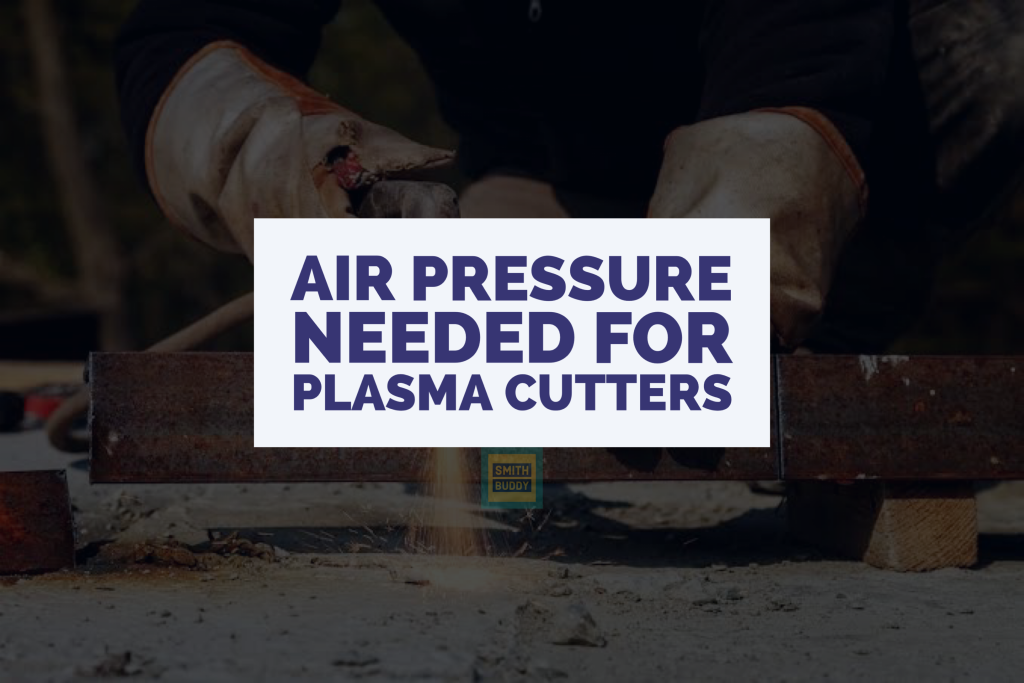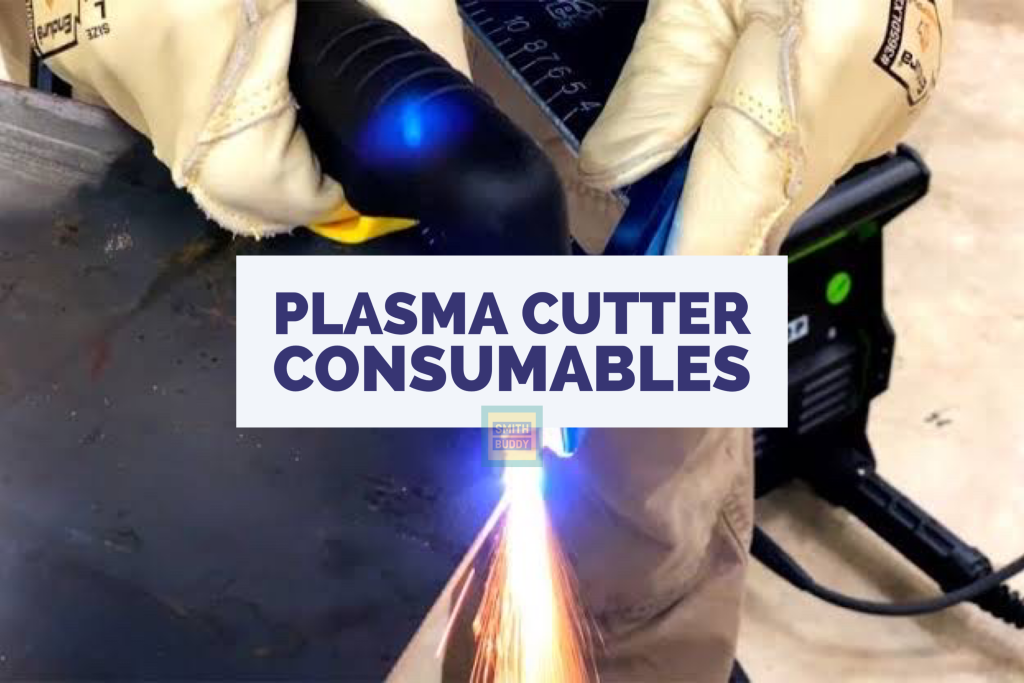Plasma cutting is a widely used metal cutting process in various industries, including automotive, construction, and manufacturing. However, there are still many myths and misconceptions surrounding this process. These myths and misconceptions often lead to misunderstandings about plasma cutting, which can result in incorrect usage or unnecessary expenses. In this article, we will debunk some of the most common plasma cutting myths and misconceptions.
Myth 1: Plasma cutting is only suitable for thin materials
One of the most common myths about plasma cutting is that it’s only suitable for cutting thin materials. This misconception likely stems from the fact that plasma cutting is often used to cut materials that are 1 inch thick or less. However, modern plasma cutters can cut materials that are much thicker. For example, some plasma cutters can cut materials that are up to 6 inches thick. This makes plasma cutting a versatile process that can be used to cut materials of various thicknesses.
For more: Go through the plasma cutting thickness chart here.
Myth 2: Plasma cutting always results in a rough cut
Another common misconception is that plasma cutting always results in a rough cut. While it’s true that plasma cutting can produce a rough cut if not done correctly, this is not always the case. With modern plasma cutters and the right cutting techniques, plasma cutting can produce precise, clean cuts. The key to achieving a smooth cut is to use the appropriate cutting speed, amperage, and gas pressure.
There are surely better cutting method that produces finer cut than the plasma cutting but this is not true that plasma cutters always makes rough cut.
For instance, read the differences of plasma cutting & laser cutting here.
What affects a rough cut?
There are several factors that can affect the quality of a rough cut in plasma cutting. Some of the most significant ones include:
- Cutting speed: The speed at which the plasma torch moves along the material can affect the quality of the cut. If the torch moves too quickly, it may not fully penetrate the material, resulting in a rough cut.
- Material thickness: Plasma cutting is most effective on materials that are between 1/8 inch and 1 inch thick. Thicker materials may require multiple passes, which can result in a rougher cut.
- Plasma gas flow: The flow rate of the plasma gas can affect the quality of the cut. If the flow rate is too low, the torch may not generate enough heat to fully cut through the material.
- Torch height: The height of the torch from the material can also affect the quality of the cut. If the torch is too close to the material, it may cause excessive melting, resulting in a rough cut.
- Torch condition: The condition of the plasma torch, including the nozzle and electrode, can affect the quality of the cut. Worn or damaged parts can cause inconsistent cuts or rough edges.
- Power settings: The power settings on the plasma cutter can also affect the quality of the cut. If the power is set too high, it can cause excessive melting and rough edges.
Myth 3: Plasma cutting is dangerous
Plasma cutting can be dangerous if not done correctly, but this is true of any cutting process. With the proper safety precautions, plasma cutting is no more dangerous than other cutting methods. For example, operators should wear appropriate personal protective equipment (PPE), such as gloves, goggles, and ear protection. They should also follow the manufacturer’s instructions for using the plasma cutter.
For more, check out the plasma cutting safety guide.
Myth 4: Plasma cutting is expensive
Another common misconception is that plasma cutting is an expensive process. While it’s true that the initial cost of a plasma cutter can be higher than other cutting tools, plasma cutting can actually be a more cost-effective option in the long run. This is because plasma cutting produces less waste material than other cutting methods, which can result in cost savings on materials. Additionally, plasma cutting is faster than many other cutting methods, which can result in labor cost savings.
These are the best plasma cutters and are not expensive.
Myth 5: Plasma cutting is only for industrial use
Finally, some people believe that plasma cutting is only suitable for industrial use. While it’s true that plasma cutting is often used in industrial applications, it can also be used in smaller-scale applications. For example, plasma cutters can be used for DIY projects or in small fabrication shops. Additionally, portable plasma cutters make it possible to take plasma cutting to remote locations, making it a versatile cutting process.
Case study: Myth vs Reality
To further illustrate the myths and misconceptions surrounding plasma cutting, let’s look at a real-world example.
Myth: Plasma cutting always produces a rough cut
Reality: Plasma cutting can produce a smooth, precise cut if done correctly.
In a manufacturing plant, a fabricator needed to cut a series of intricate shapes out of 1/4-inch steel plate. The fabricator was hesitant to use plasma cutting because he believed it would produce a rough cut. However, after consulting with a plasma cutting expert and using the appropriate cutting techniques, the fabricator was able to produce clean, precise cuts with the plasma cutter. As a result, the fabricator was able to complete the project more quickly and efficiently than he would have with other cutting methods.
How to get a smoother cut in plasma cutting?
To achieve a smoother cut in plasma cutting, here are some tips that can be helpful:
- Adjust cutting speed: Lowering the cutting speed can help achieve a smoother cut, as it allows the plasma torch to more fully penetrate the material. Don’t forget to use the air dryers for clean air supply.
- Use the right gas flow: The gas flow rate should be set correctly to ensure the plasma torch has sufficient heat to fully cut through the material without causing excessive melting. Adjusting the gas flow can help achieve a smoother cut.
- Use a guide: A guide can help maintain the distance between the plasma torch and the material, ensuring a consistent cut. This can result in a smoother edge.
- Use a higher-quality cutting torch: A high-quality cutting torch with a properly sized nozzle and electrode can help achieve a cleaner, smoother cut.
- Use the correct power settings: Setting the power too high can cause excessive melting and rough edges, while setting it too low can result in an incomplete cut. Adjusting the power settings can help achieve a smoother cut.
- Keep consumables in good condition: Worn or damaged consumables can cause inconsistent cuts or rough edges. It is important to regularly inspect and replace consumables such as nozzles and electrodes to ensure optimal performance.
By applying these tips, it is possible to achieve a smoother cut in plasma cutting. However, it is important to note that achieving the best cut quality often requires a balance of these factors, as well as practice and experience.
Conclusion
Plasma cutting myths and misconceptions can lead to misunderstandings about the process, causing incorrect usage or unnecessary expenses. By debunking some of the most common myths surrounding plasma cutting, we hope to help readers understand the truth about this versatile metal cutting process. It’s important to remember that while plasma cutting can be dangerous if not done correctly, with the proper safety precautions and techniques, plasma cutting can produce precise, clean cuts on a variety of materials. Additionally, with the ability to cut materials of various thicknesses, plasma cutting is a versatile and cost-effective cutting option. By separating the myths from the reality, we can better appreciate the capabilities of plasma cutting and utilize it to its fullest potential.





